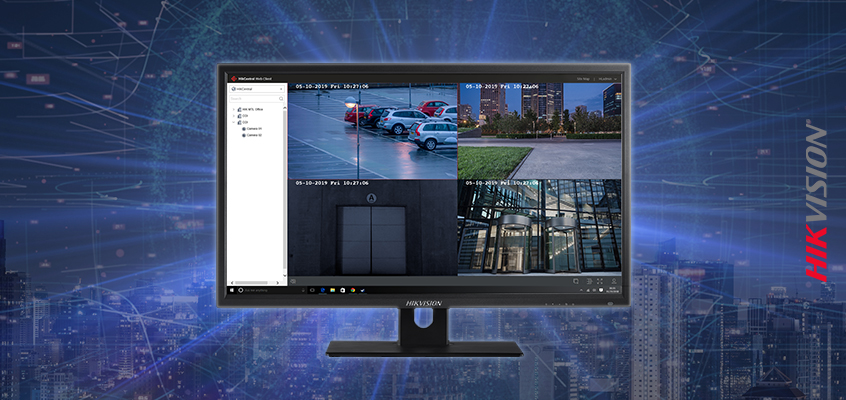Hikvision’s HikCentral VMS features Power, Flexibility, and Efficiency with Simple Integration

Hikvision’s HikCentral software features a fully integrated Video Management System (VMS) that delivers power, flexibility, and efficiency for your end-to-end security systems. HikCentral offers a complete overview and centralized management location for surveillance and beyond, making it easy to track and view video footage and live view, map management, VCA search, access control systems, and more.
This powerful VMS can manage multiple security systems through a centralized point of command. To reduce operational costs and improve efficiency, HikCentral allows security personnel to control video, access control, intercom, and alarm points from one centralized location.
Flexibility is key. This advanced and highly customizable system is designed to launch a multitude of smart applications over a wide range of industries. It is modular, so you only purchase the components you need as you need them, providing flexibility and customization for your specific applications.
This efficient platform can be deployed on preloaded servers, virtual machines, and cloud services. The graphical user interface (GUI) is designed for easy, user-friendly management. Drag-and-drop application icons on the control client help you easily create your own user-defined dashboard. The system can also diagnose and generate detailed event logs, device logs, and health monitoring reports with the health monitoring feature.
For more information about HikCentral and how it can help you manage your security system, view this brochure or contact your representative.
